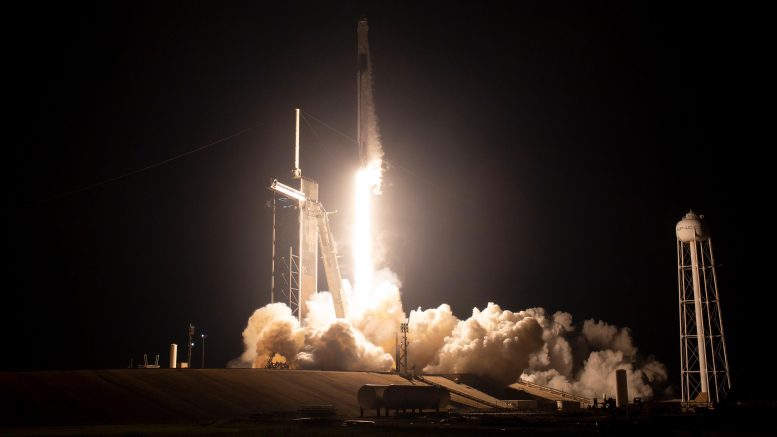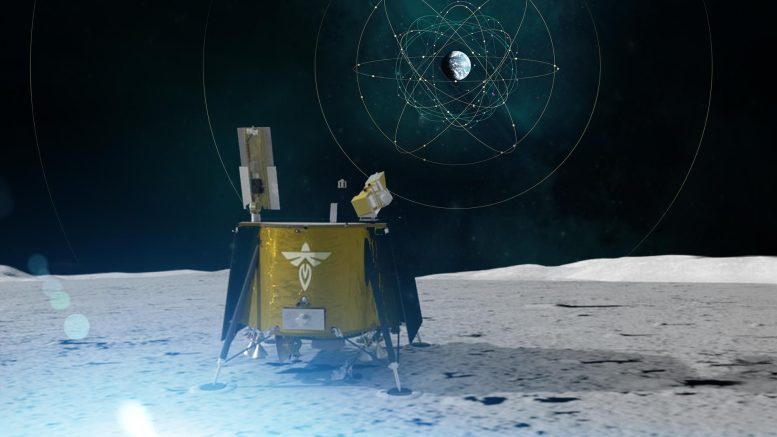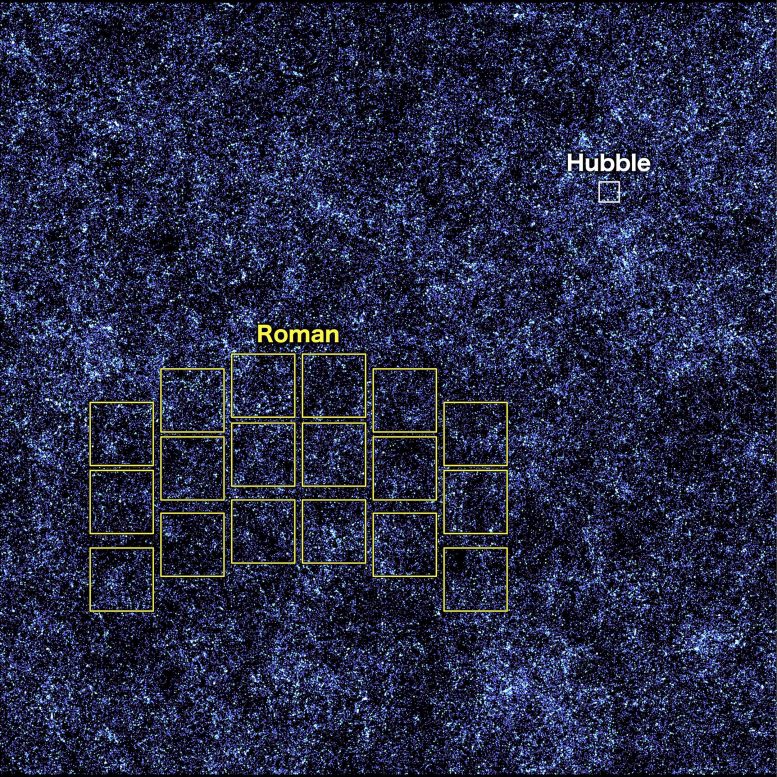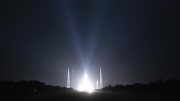
A SpaceX Falcon 9 rocket lifts off the pad at Launch Complex 39A at 12:34 a.m. EST on March 2, 2023, carrying the Dragon spacecraft Endeavour for NASA’s Crew-6 mission to the International Space Station. Aboard Dragon are NASA astronauts, Stephen Bowen, spacecraft commander, and Warren Hoburg, pilot, along with mission specialists Sultan Alneyadi, UAE (United Arab Emirates) astronaut, and Andrey Fedyaev, Roscosmos cosmonaut. Crew-6 is the sixth crew rotation mission with SpaceX to the station, and the seventh flight of Dragon with people as part of the agency’s Commercial Crew Program. Credit: NASA
The next crew heads to the space station…
Navigating the lunar landscape…
And a view to look forward to…
A few of the stories to tell you about – This Week at NASA!
NASA’s SpaceX Crew-6 Launches to the Space Station
A SpaceX Dragon spacecraft launched to the International Space Station on March 2nd on NASA’s SpaceX Crew-6 mission.
The crew, including NASA astronauts Stephen Bowen and Woody Hoburg, will conduct research and technology demonstrations on the space station to benefit life on Earth and future Artemis human exploration missions to the Moon and eventually to Mars.

Illustration of Blue Ghost CLPS lander on the Moon with LuGRE onboard receiving and processing GNSS signals. Credit: NASA / Dave Ryan
Navigating the Lunar Landscape
In 2024, a Firefly Aerospace lunar lander will deliver a payload to the Moon called the Lunar GNSS Receiver Experiment.
The payload is expected to receive signals from two satellite constellations orbiting Earth and obtain the first-ever global navigation satellite systems fixed on the lunar surface.
This technology could help provide precise navigation for future exploration missions on the Moon.

This image, containing millions of simulated galaxies strewn across space and time, shows the areas Hubble (white) and Roman (yellow) can capture in a single snapshot. It would take Hubble about 85 years to map the entire region shown in the image at the same depth, but Roman could do it in just 63 days. Roman’s larger view and fast survey speeds will unveil the evolving universe in ways that have never been possible before. Credit: NASA’s Goddard Space Flight Center and A. Yung
Roman Space Telescope’s Wide View of the Universe
A new simulation shows how NASA’s Nancy Grace Roman Space Telescope’s wide field of view will help unveil the universe.
The simulation compares several regions of the image, depicting the Hubble Space Telescope’s field of view, with the full zoomed-out image – which represents how much more Roman is capable of surveying.
The Roman Space Telescope is targeted for launch by May 2027.

The 2023 Dream with Us Design Challenge is now open! Design challenge details can be found below. Come fly with us–we’re excited to see what you dream up! Credit: NASA
NASA Aeronautics Dream with Us Design Challenge
NASA’s Aeronautics “Dream with Us Design Challenge” is an opportunity for middle and high school students to share their visions for the future of aviation.
Student teams are being asked to develop and present plans for a more sustainable commercial aircraft. The deadline for submissions is May 15th.
For more details, visit go.nasa.gov/aero-dream.
That’s what’s up this week at NASA.









Be the first to comment on "This Week @NASA: Navigating the Lunar Landscape, Wide View of the Universe, SpaceX Crew-6 Launch"